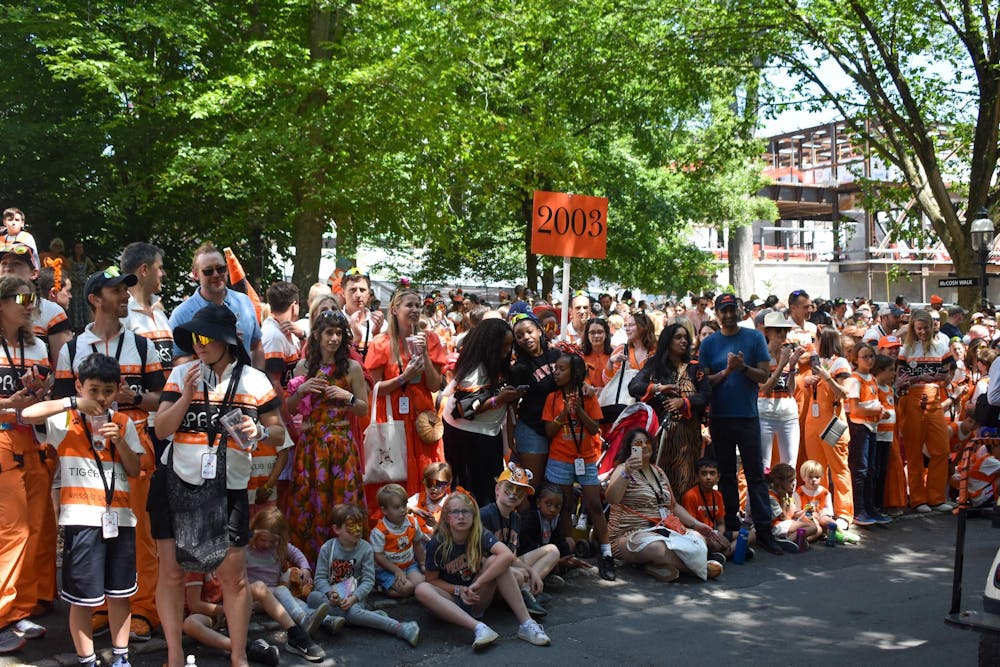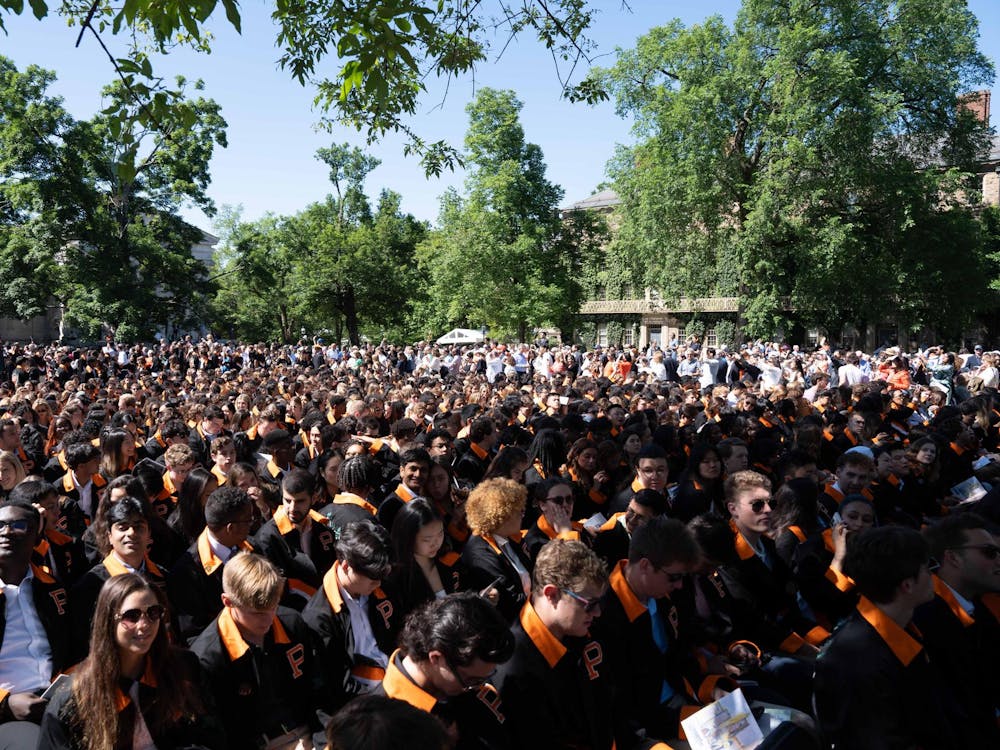“They may have the sense of entitlement,” Larry Leighton ’56 writes of young Princeton alumni who donate at rates far lower than their predecessors. “[T]here seems to be very little knowledge of the importance of philanthropy generally.” In recent years, many alumni have penned “giving pleas” of a similar vein, bemoaning the dying culture of annual giving. But is the reality truly as terrible as these alumni assume it to be?
For many alumni, Princeton’s endowment is a shared point of pride. This sentiment is completely understandable — after all, it was the contributions of their classes that built and ballooned the endowment that we know today.
Yet in recent years, younger alumni have demonstrated a marked decrease in charitable donations, and especially when compared to that of previous classes. Although there may be a manifold of reasons as to why, more and more students have reduced their giving out of concerns about whether the endowment’s investments continue to line up with their values, along with the underlying recognition that the University is no longer sustained on the backs of alumni contributions. Instead of levying accusations towards these young people and charging them with claims of entitlement or ignorance, the University should take their concerns seriously and work to earn their donations in the future.
The amount raised during annual giving is frankly staggering. Across the nation, the University frequently ranks first in terms of alumni donations among post-secondary institutions. Compared to the national average donation rate of 8 percent, Princeton boasts an impressive average percentage of 46 percent across all classes. Its most recent 2023–24 Annual Giving campaign was enormously successful, raising a total of nearly $67 million. Not only do these statistics rank among the top ten highest totals in Annual Giving history, but they further align with a growing trend: over the past couple of years, Princeton has witnessed a stupendous increase in donations, and record-breaking highs of nearly $100 million.
But the pool of donors is noticeably decreasing. While older alumni have spearheaded efforts to boost class participation, younger graduates have fallen significantly behind. In particular, since the 2000s, the quantity of donations from successive graduating classes have gradually diminished over time. As contributions dwindled, participation has, too. At the turn of the century, donor participation among the five youngest classes ranked at nearly 60 percent. Compare this to the class of 2022, where only 31 percent gave upon graduation. And much of this drop-off came very recently: 52 percent of the class of 2018 made a charitable giving following their graduation.
If it was any other institution, it might be easy to disregard this shift. After all, it is a well-acknowledged fact that younger alumni tend to lack the same degree of financial generosity as their older peers. However, this is not the case at Princeton. As alumni like Larry Leighton ’56 have recounted, the University has always flaunted strong rates of philanthropic turnout due to strong cultural expectations of how a Princetonian education was meant to be “paid forward” for the next generation. Accordingly, this new phenomenon cannot merely be attributed to the natural trends of donation cycles. Rather, this trend represents the beginning of a new structural generational divide in class contributions.
As has been written time and time again, the University does not require alumni donations to sustain its current operations. After all, donations notwithstanding, Princeton’s financial footing is nothing if not secure. Although recent voices have expressed concern for the investment losses of 2023 and successive low endowment gains in 2024, the University’s endowment continues to persevere at $34.1 billion strong and an annual rate of return of 10.8 percent. Even in challenging economic conditions, the University did not face much in terms of financial hardship and estimates for the endowment return continue to project long-term growth.
This is not to say that Princeton’s alumni participation is entirely devoid of meaning. As stakeholders with a vested interest in the institution, their donations continue to supplement a small percentage of the operating budget and promote continued engagement therein. However, the lacking donations among younger alumni are not as great of a concern as older generations have perhaps framed them out to be. As mentioned above, the University is no longer sustained by the generosity of its alumni and accordingly, it’s entirely understandable that younger graduates do not feel compelled to make a contribution.

If the University still seeks to financially mobilize its youngest alumni, they are not entirely out of options. Principally, Princeton should also take it upon themselves to be more responsive to movements and petitions of the student body. In recent years, socio-political movements have exerted significant influence on alumni decisions to donate. At present, 3,266 Princeton students, faculty, alumni, and parents have pledged to withhold donations due to Princeton’s investments in fossil fuels. Following the Oct. 7 attacks, many alumni further refused to donate as a means of political protest against the school’s convoluted investiture ties with Israel.
Perhaps, if young graduates felt a stronger alignment with the University’s values and stated interests, a greater sense of philanthropy could be fostered among the student body. However at present, the donor participation of younger alumni is falling short — and that’s okay.
Wynne Conger is a sophomore and prospective SPIA major from Bryn Mawr, Pa. She can be reached by email at wc2918[at]princeton.edu. Her column “Popping the Bubble” runs every three weeks on Friday. You can read all of her columns here.









